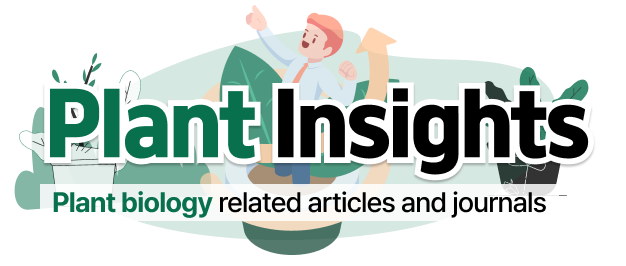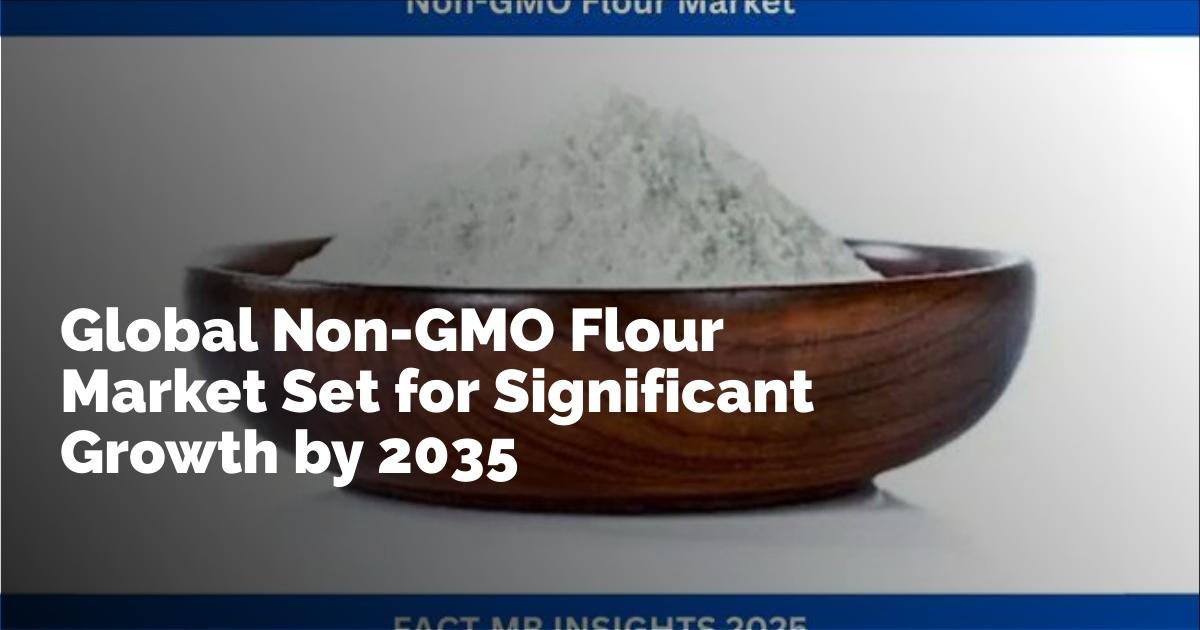Global Market Trends in Nutritional Ingredients and Alternative Agricultural Products
Mineral Ingredients: A Key Component in Preventive Healthcare
The mineral ingredients market is experiencing a significant surge in demand, driven by increasing health consciousness and the growing importance of preventive healthcare globally. This upward trend is predominantly fueled by the heightened consumer preference for fortified foods—an essential component in improving nutrition and combating deficiencies. The market, which was valued at approximately USD 5.6 billion in 2025, is anticipated to nearly double, reaching around USD 11.5 billion by 2035. This represents a robust compound annual growth rate (CAGR) of 7.5% over the forecast period.
Mineral ingredients such as calcium, magnesium, zinc, and iron have gained momentum as indispensable elements in dietary supplements and fortified food products. They play pivotal roles in promoting bone health, boosting immunity, and enhancing overall physiological functions. As awareness of these benefits grows, so does consumer demand, which is propelling the market's rapid expansion.
Feeding Distillers Dried Grains With Solubles (DDGS): A Sustainable Alternative in Animal Nutrition
The feeding distiller dried grains with solubles (DDGS) market is set to expand significantly in the coming decade due to the rising demand for sustainable and high-protein animal feed. DDGS, a co-product of bioethanol production, offers a cost-effective and nutritious feed ingredient for livestock, boasting high protein content and energy levels. This product is particularly appealing in the context of increasing global meat consumption and the need for efficient feed solutions.
Valued at USD 17.9 billion in 2025, the DDGS market is projected to continue its upward trajectory, reaching approximately USD 36.3 billion by 2035. This growth is attributed to the market's CAGR of 7.4%, reflecting the expanding bioethanol industry and an increased focus on sustainable agriculture practices.
Hydrolyzed Collagen: Driving Health and Beauty Trends
In recent years, the global hydrolyzed collagen market has been gaining traction, driven by the burgeoning consumer demand for health, beauty, and nutrition products. Hydrolyzed collagen, known for its benefits in enhancing skin elasticity, joint health, and overall well-being, has become a staple ingredient in skincare products, dietary supplements, and functional foods.
The market, valued at around USD 1.4 billion in 2025, is expected to nearly double, reaching approximately USD 2.9 billion by 2035. Achieving a strong CAGR of 7.85%, the growth of the hydrolyzed collagen market underscores the increasing consumer focus on beauty from within and the importance of proactive health maintenance.
Dried Fruit Extracts: A Natural Solution for Functional Ingredients
Dried fruit extracts represent a rapidly growing segment within the natural and functional ingredients market, serving numerous food, beverage, and nutraceutical applications. With consumer interest in clean-label products and natural ingredients on the rise, dried fruit extracts have found a firm place in formulations aimed at delivering enhanced flavor, nutrition, and health benefits.
The dried fruit extracts market, valued at approximately USD 10.6 billion in 2025, is projected to grow steadily, reaching nearly USD 19.2 billion by 2035. This growth, reflecting a CAGR of 6.1%, highlights the increased demand for plant-based and natural ingredients across diverse industries.
GMO Soybean: Navigating the Challenges and Opportunities
Genetically modified organism (GMO) soybean continues to play a crucial role in global agriculture, particularly in fulfilling the demand for animal feedstock and the production of soybean oil. However, the adoption of GMO soybean has not been without challenges, as concerns around potential health impacts, such as liver function issues, persist. These challenges present critical considerations for stakeholders within the GMO soybean market.
Despite these concerns, the market remains robust, as numerous reports provide in-depth analyses, exploring opportunities for growth and innovation. Additionally, the existence of regulatory frameworks ensures a balance between advancing agricultural technology and addressing health and environmental implications.
Silage Corn Seed and GMO Techniques: Innovations in Crop Production
The cultivation of corn using GMO techniques has gained significant traction, driven by the need for crops that offer resilience against diseases and other environmental pressures. The demand for genetically engineered maize, owing to its health benefits and ability to decimate disease-causing genes, continues to rise. Agricultural collaborations with food tech companies are paving the way for new bioengineering avenues, promising enhanced crop yields and sustainability.
Extensive market research provides valuable insights into the competitive landscape and performance metrics of companies specializing in GMO corn seeds. These studies serve as a foundation for strategic planning and innovation, essential for sustaining growth in a challenging and evolving market environment.
Non-GMO Foods: Mainstreaming Organic and Natural Products
The growing popularity of non-GMO and organic products reflects a broader consumer shift towards health-conscious and environmentally sustainable choices. Non-GMO products, which have moved beyond niche natural food stores into mainstream supermarkets, highlight this changing consumer landscape. In particular, non-GMO yogurt, free from pesticides, artificial hormones, and antibiotics, has seen increased demand, reinforcing consumer preferences for purity and safety.
This trend is evident across food and beverage sectors, with non-GMO products representing approximately 11% of offerings since 2013. The demand for these products is expected to continue rising as awareness about the benefits of GMO-free food grows.
The Controversy Around GMO Seeds in Organic Cotton
The global organic cotton industry faces an ongoing challenge with the contamination of gene-manipulated organisms (GMOs) in organic crops. Despite stringent guidelines prohibiting GMOs, cross-pollination in regions such as India poses risks to non-GMO cotton producers. This issue highlights the complexities encountered in maintaining organic integrity amidst widespread use of bioengineering.
The Global Organic Textile Standard (GOTS) remains at the center of this controversy, disputing the validity of testing processes. The ongoing debate underscores the critical need for transparency and rigorous standards in the organic sector to preserve consumer trust and farm viability.
Conclusion: Embracing Innovation and Sustainability
As we navigate the evolving landscape of global agricultural markets and nutritional ingredients, the focus on innovation and sustainability remains paramount. Whether through the adoption of mineral supplementation in preventive healthcare, the pursuit of sustainable feed alternatives like DDGS, or the integration of naturally-derived ingredients in food products, the industry continues to move toward more health-oriented and environmentally conscious solutions.
Exploring the dynamics of GMO versus non-GMO agricultural practices further illustrates the balancing act between innovation and traditional methods. As consumers increasingly demand transparency and safety, the pressure to deliver value while adhering to ethical standards continues to shape the future of these markets. The path forward will require robust regulatory oversight, continued research, and open dialogue among stakeholders to ensure sustainable growth and consumer confidence in the years to come.
출처 : Original Source

